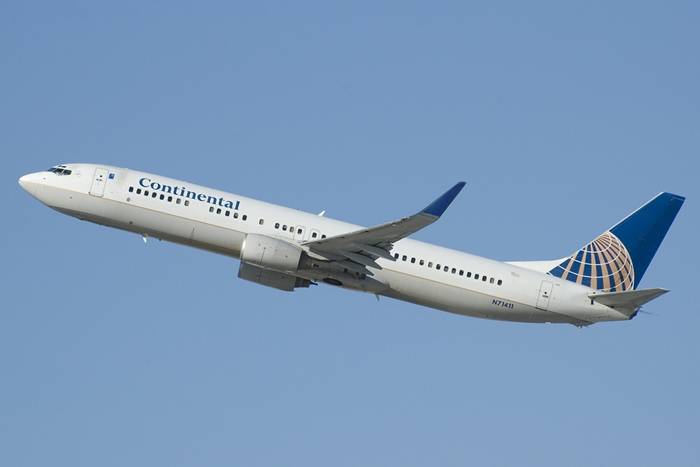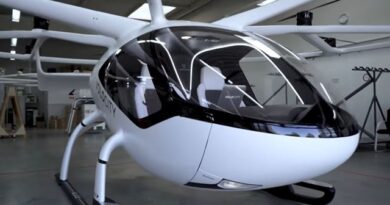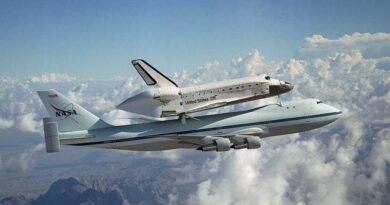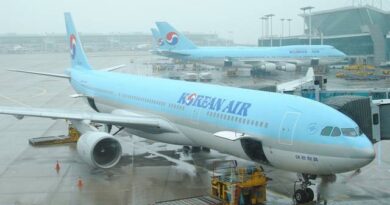Unveiling the Differences: Boeing 737-800 vs. 737-900
The Boeing 737-800 and 737-900 are popular choices within the Boeing 737 Next Generation (NG) family, designed to meet the demands of airlines around the world. While both models share advanced technology and fuel efficiency, they differ in key areas such as size, passenger capacity, range, and operational capabilities. Whether you’re an aviation enthusiast or industry professional, understanding these differences can help you make informed decisions about these iconic aircraft. Dive into this detailed comparison of the Boeing 737-800 and 737-900 to uncover which model best aligns with diverse aviation needs.
| Feature | Boeing 737-800 | Boeing 737-900 |
|---|---|---|
| Length | 129 ft 6 in (39.5 m) | 138 ft 2 in (42.1 m) |
| Passenger Capacity | Up to 189 (1-class), ~162 (2-class) | Up to 220 (1-class), ~177 (2-class) |
| Cargo Capacity | ~1,740 cu ft (49.3 m³) | ~2,425 cu ft (68.7 m³) |
| Range | ~2,930 nm (5,425 km) | ~3.000 nm (5,554 km) |
| Fuel Capacity | 6,875 US gal (26,037 L) | 7,530 US gal (28,527 L) |
| MTOW | ~174,000 lbs (79,000 kg) | ~174,000 lbs (79,000 kg) |
| Engines | CFM International CFM56-7B | CFM International CFM56-7B |
| Avionics | Honeywell EFIS, Rockwell Collins ACS | Honeywell EFIS, Rockwell Collins ACS |
Notes:
- Passenger and cargo capacities may vary based on specific airline configurations.
- Range and MTOW figures are approximate and can differ slightly across sources due to configuration variations.
Length
The most obvious difference between the two aircraft is their length. The 737-800 is 129 ft 6 in (39.50 m) long, while the 737-900 is 138 ft 2 in (42.10 m) long. This extra length gives the 737-900 more passenger seating capacity and cargo space.
Passenger capacity
The 737-800 can seat up to 189 passengers in a single-class configuration, while the 737-900 can seat up to 220 passengers. In a typical two-class configuration, the 737-800 can seat 167 passengers, while the 737-900 can seat 177 passengers. (I would like to point out that passenger capacity depends on configurations and there are different values in different sources).

Cargo capacity
The 737-800 has a cargo capacity of 1,740 cubic feet (49.3 m³), while the 737-900 has a cargo capacity of 2,425 cubic feet (68.7 m³).
Range
The 737-800 has a range of 2,970 nautical miles (5,520 km), while the 737-900 has a range of 3,000 nautical miles (5,556 km).
Fuel capacity
The 737-800 has a fuel capacity of 6,875 US gallons (26,377 liters), while the 737-900 has a fuel capacity of 7,530 US gallons (28,527 liters).
MTOW
The 737-800 has a maximum takeoff weight (MTOW) of 174,200 lbs (79,016 kg), while the 737-900 has an MTOW of 187,700 lbs (85,139 kg).
Engines
Both the 737-800 and the 737-900 are powered by CFM International CFM56-7B turbofan engines. For more information about aircraft engine manufacturers, click.
Avionics
Both the 737-800 and the 737-900 are equipped with the same avionics suite, which includes the Honeywell Electronic Flight Instrument System (EFIS) and the Rockwell Collins Advanced Cockpit System (ACS).
As of October 2023, a total of 7,124 737NG aircraft had been ordered, of which 7,106 had been delivered, with remaining orders for two -800, and 16 -800A variants. The most-ordered variant was the 737-800, with 4,991 commercial, 191 military, and 23 corporate, or a total of 5,205 aircraft.
Here is a table showing the number of each variant of the 737NG that has been ordered and delivered:
| Variant | Orders | Deliveries |
|---|---|---|
| 737-600 | 692 | 691 |
| 737-700 | 1,319 | 1,318 |
| 737-800 | 5,205 | 5,191 |
| 737-900 | 908 | 906 |
Here are the top five airlines that have ordered the most 737NG aircraft:
- Southwest Airlines (539)
- American Airlines (467)
- United Airlines (460)
- Ryanair (421)
- Delta Air Lines (396)
Operational Cost Efficiency of Boeing 737-800 vs. 737-900 on Different Routes
The Boeing 737-800 and 737-900 offer distinct cost efficiencies based on route demands. The 737-800 is often more cost-effective on medium-range routes due to its lighter frame and fuel efficiency, making it ideal for airlines focused on minimizing per-mile costs for frequent, shorter flights. Meanwhile, the 737-900 excels on high-capacity routes with a competitive seat-mile cost advantage, spreading operating expenses over a larger passenger count, which enhances profitability on high-demand, longer routes. By strategically deploying each model, airlines can optimize operational costs, maximizing revenue and aligning with specific market demands.
Conclusion
The 737-800 and the 737-900 are both very capable and fuel-efficient aircraft that are well-suited for short- and medium-haul flights. The 737-900 is the longer and larger of the two aircraft, and it offers airlines more passenger and cargo capacity.
References:
- Boeing 737-800 Technical Specifications: http://www.flugzeuginfo.net/acdata_php/acdata_7378_en.php
- Boeing 737-900 Technical Specifications: http://www.flugzeuginfo.net/acdata_php/acdata_7379_en.php
- CFM International CFM56-7B Engines: http://global-engine.com/cfm56-7b/
- Honeywell Electronic Flight Instrument System (EFIS): https://aerospace.honeywell.com/us/en/products-and-services/aircraft/boeing
- Rockwell Collins Advanced Cockpit System (ACS): https://portal.rockwellcollins.com/documents/1904088/0/5230809301.PDF/4e94e635-ddc1-6fb6-f484-32a70408a5b4
- https://skybrary.aero/aircraft/b738
image source: https://commons.wikimedia.org/wiki/File:Boeing_737-924_N71411_Continental_Airlines.jpg


